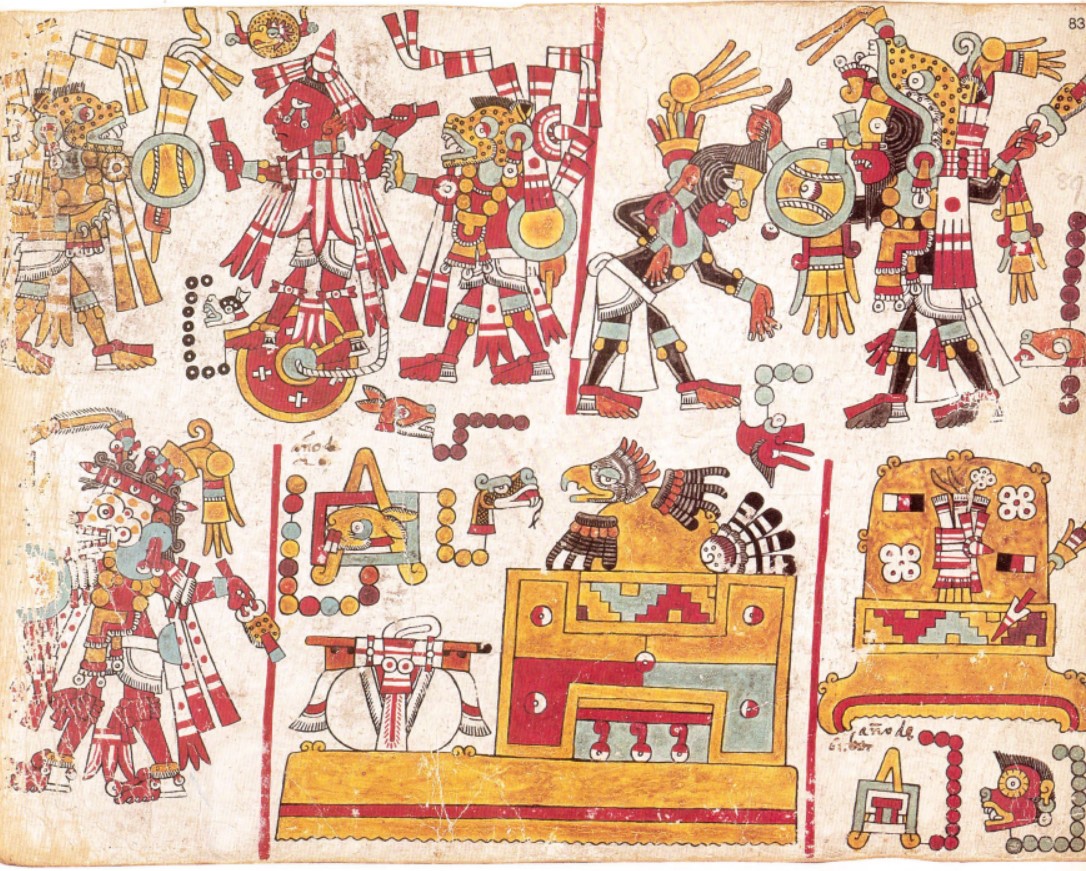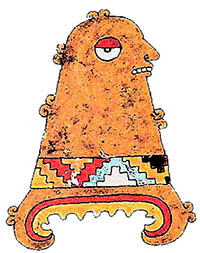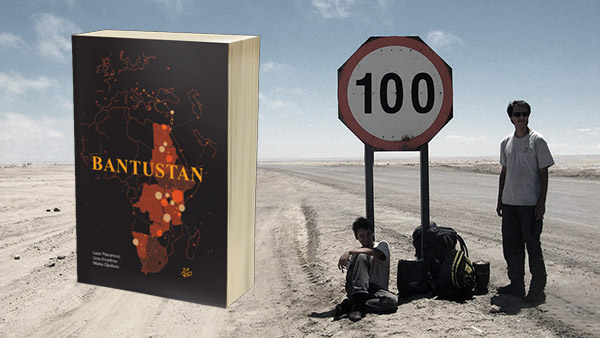The Mixtecs were one of the largest indigenous nations in Central America. They lived in several warring city-states, the most famous of which was Tututepec, which flourished in the 11th century under the leadership of king Eight Deer Jaguar Claw, the only ruler who managed to unite several cities into a single state. Like other indigenous peoples of Central America, the Mixtecs were conquered by Spanish conquistadors in the 16th century. In pre-Columbian times, their population numbered about a million and a half, while today there are about 800,000 of them, and they are mainly engaged in agriculture.

Codex Zouche-Nuttall is a pre-Columbian document created between 1200 and 1521 on the territory of today's Mexico. It was discovered in San Marco Monastery in Florence in 1854, from where it was bought five years later by John Temple Leader and sent to his friend Robert Curzon, the 14th Baron of Zouche. A facsimile version with a preface by Zelia Nuttall was published in 1902, by Harvard University. The Baron of Zouche loaned the document to the British Museum in 1876, which later purchased it.
Codex Zouche-Nuttall consists of 47 plates made of deer skin, painted on both sides. It contains two stories: on the obverse side, the history of the most important centers of the Mixtec kingdom is painted, while on the reverse there are stories about the origin, marriages and political and military successes of Mixtec ruler known as Eight Deer Jaguar Claw. Zelia Nuttall (1857-1933) was an American archaeologist and anthropologist, a specialist in pre-Astec cultures and pre-Columbian manuscripts. In the foreword to the facsimile version of Codex Zouche-Nuttall of 1902, she explains how this document came about:
Like the nine other Mexican Codices in existence, which constitute the finest remaining specimens of native pictography, the present one is painted on prepared deer skin, the strips of which are glued together, at intervals, and form a long, folded band. The surfaces of both sides of the skin are covered with a thick layer of white substance which presents a smooth, slightly glazed surface. On this the artist first drew the outlines of his figures in black, and subsequently filled these in with color. A careful study of the original reveals that the artist prepared small quantities of each color at a time, and that he did not always succeed in obtainin exactly the same shade twice. The scheme of color on the obverse is, moreover, different from that on the reverse, which presents a greater profusion of detail. The paints employed were so fine and skilfully prepared, that for nearly four centuries they have preserved, undimmed, their exquisite beauty and delicacy. According to Bustamante, the native artists purposely witheld from their Conquerors the secret of the knowledge they had attained, through centuries of experience, of manufacturing beautiful and lasting colors from vegetable and mineral substances.







